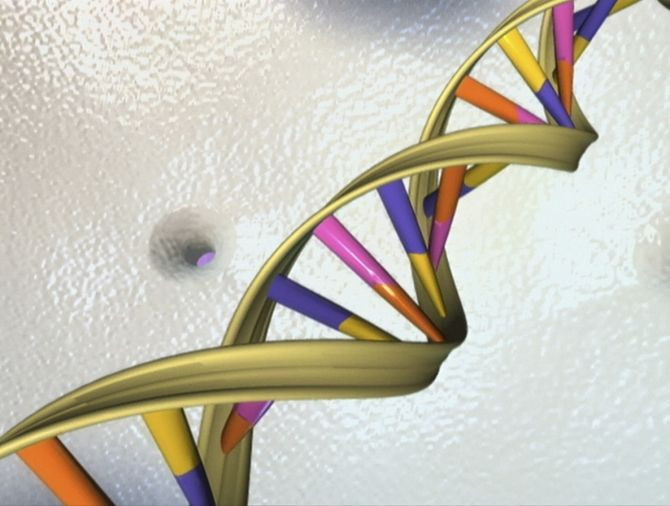Researchers Map Out Genome of Human Ancestor, Suspect More Ancestors Yet to Be Found

Researchers have managed to map an entire genome of a human ancestor. The ancestor is a member of the Denisovan group, a cousin of the Neanderthals. Researchers are hesitant to label them as a different species, choosing to call them instead a different group of humans. They also suspect that there are more species that existed in the past that we have not yet found, particularly in Asia.
Fossil evidence of the Denisovans is limited. In fact, the evidence needed to create such a genome was only procured in 2010, when archeologists found a finger bone and two molars. The group is named for the cave at which the remains were found, the Denisova cave in the Altai mountain range in Siberia.
The investigators are a varied, multicultural group hailing from Germany, the United States, Turkey and Russia. Led by Svaante Pääblo from the Max Planck Institute for Evolutionary Anthropology in Germany, the team was limited at first by such a small, degraded sample of material coming from the finger bone. They then developed a method that allowed them to "unzip" the DNA so that each strand could be separated into molecules that they could sequence.
The treatment was successful enough that it could give them quality on par with what researchers can achieve with modern humans' genomes today. In fact, said Pääblo, "We have very few errors in the sequence. Even less errors than we often have we sequence a person today." They believe that the DNA comes from a juvenile female.
Investigators also compared the genomes to that of other contemporary groups, finding that the Denisovans share more genes with people from southeastern Asia, Melanesia, and the Australian Aborigines, and comparatively less with people from elsewhere in Asia, Europe or Africa.
Interestingly, the genome opens up a lot of questions. For instance, the archeologists originally reported the fossilized evidence as being between 30,000 and 50,000 years old. But the DNA evidence places the evidence as 74,000 to 82,000 years old.
When pressed to answer which date they found more accurate, researchers hesitated. "I would say that I don't know, unfortunately," the team said. "It's too small to do a direct carbon date of it. The amazing thing is that we can sequence the whole genome to very high accuracy, but there is too little carbon in it to do a date. I hope that in the future, we will find bones that allow that."
Researchers also said that they thought that they would be able to present analysis of the Neanderthal genome within a year.
The study was published in the journal Science.



























